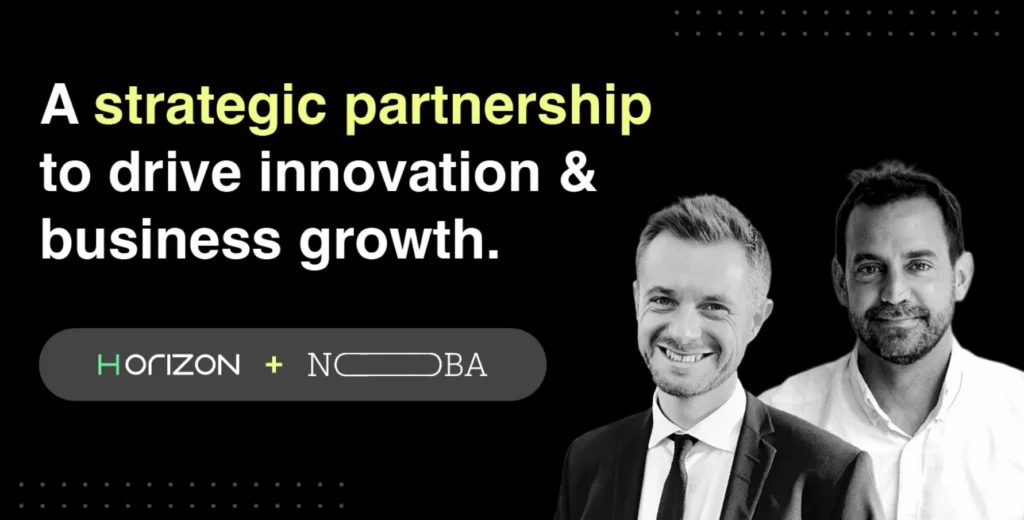In 2024, corporate innovation embraces growth-driven strategies by prioritizing close-to-core innovation, emphasizing competitive advantage over long-term moonshots. Success entails a dedicated focus on de-risking innovation through strategic Business Prototyping and experimentation, aimed at gathering critical data for informed decision-making.
Innovation theater is dead, and a new era is dawning—one that champions growth-driven innovation as the catalyst for corporate evolution. Companies, recognizing the need for impactful change, are revisiting their Innovation Thesis, shifting towards close-to-core innovation horizons (H1 and H2), where the goal is to fuel growth within existing brands or introduce new offerings that leverage core assets. This strategic shift prioritizes areas where a company holds a competitive advantage, as opposed to long-term moonshots that may not deliver substantial growth or demand excessive investment.
“Innovation, transformation, and digital initiatives must generate revenue, help reduce costs or elevate the brand – or their days may be numbered” – The Innovation Leader, KPMG (2023)
Crucial to the success of this innovation evolution is the alignment with Business Units (BUs) and C-level sponsors. Establishing this alignment ensures the widespread adoption of new solutions and scalability, thereby maximizing impact. It’s imperative to view Innovation units not as cost centers but as value centers, with leaders held accountable through rigorous innovation accounting, tracking the return on investment for their innovation efforts.

De-risking Innovation through Business Prototyping
Enterprises are adopting a robust approach to de-risking innovation—Business Prototyping. To achieve this, companies must continue embracing the duality of “Explore-exploit,” a concept elucidated in “The Invincible Company” by Strategyzer. Innovation teams are tasked with de-risking investments by focusing on opportunities that can scale within the company, presenting significant growth potential.
The practice of innovation extends beyond ideation and must incorporate systematic prototyping and real-market experiments. This approach generates reliable data and insights crucial for informed decision-making. The decision-making process, in turn, should be Agile, not just the project’s execution, through the entire innovation lifecycle.
This strategic maneuver allows companies to manage their innovation portfolio effectively, prioritizing ideas proven to deliver real value while swiftly discarding those that fall short. To circumvent the dreaded “Valley of Dead” (from “Lean Scaleup” by Frank Mates), an incubation process must transition into an acceleration phase that introduces some core business areas. While still piloted by innovation teams, this phase ultimately leads to the seamless integration and scaling of operations within the core business.
*This article was featured in the 2024 edition of The Innovator’s Handbook. Check it out in our Resources Page







